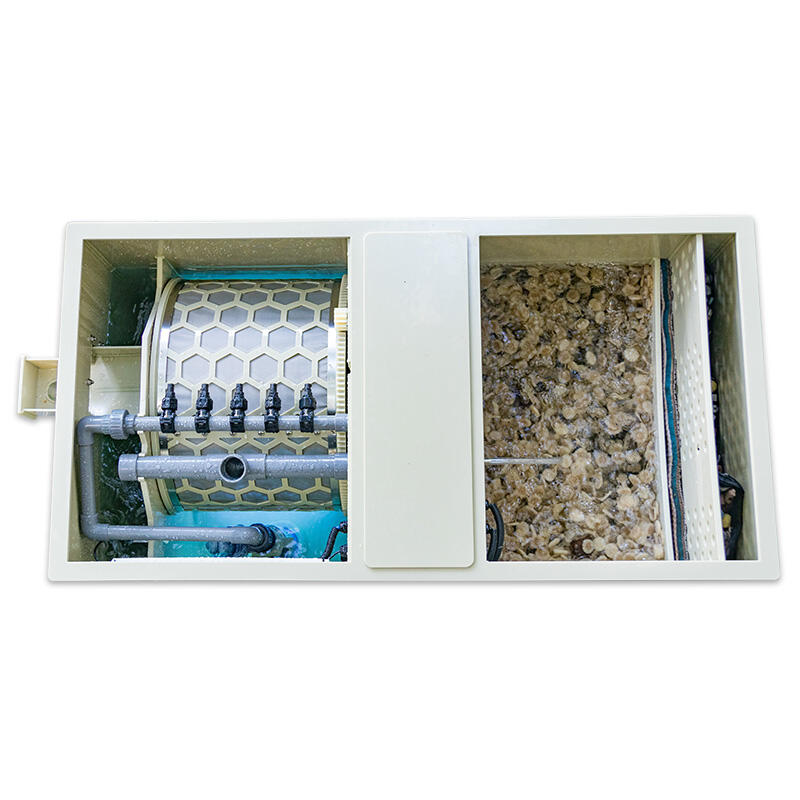oxygen cone for fish
The oxygen cone for fish represents a revolutionary advancement in aquaculture technology, designed to optimize dissolved oxygen levels in fish farming environments. This specialized equipment operates through a unique conical design that efficiently dissolves oxygen into water through a pressure-based system. The cone's internal structure creates a perfect environment for mixing oxygen and water, achieving nearly 100% dissolution rates. Standing typically between 1-2 meters in height, these cones function by introducing oxygen at the base while water enters from the top, creating a counter-current flow that maximizes oxygen absorption. The system operates under pressure, typically 1.5 to 3 bar, which significantly enhances the oxygen dissolution process. Modern oxygen cones feature precision controls for flow rates and pressure management, along with monitoring systems that provide real-time data on dissolved oxygen levels. These units are particularly valuable in intensive aquaculture operations, recirculating aquaculture systems (RAS), and any situation where maintaining optimal oxygen levels is crucial for fish health and growth. The technology has proven especially effective in high-density fish farming operations, where maintaining adequate oxygen levels can be challenging using traditional aeration methods.


